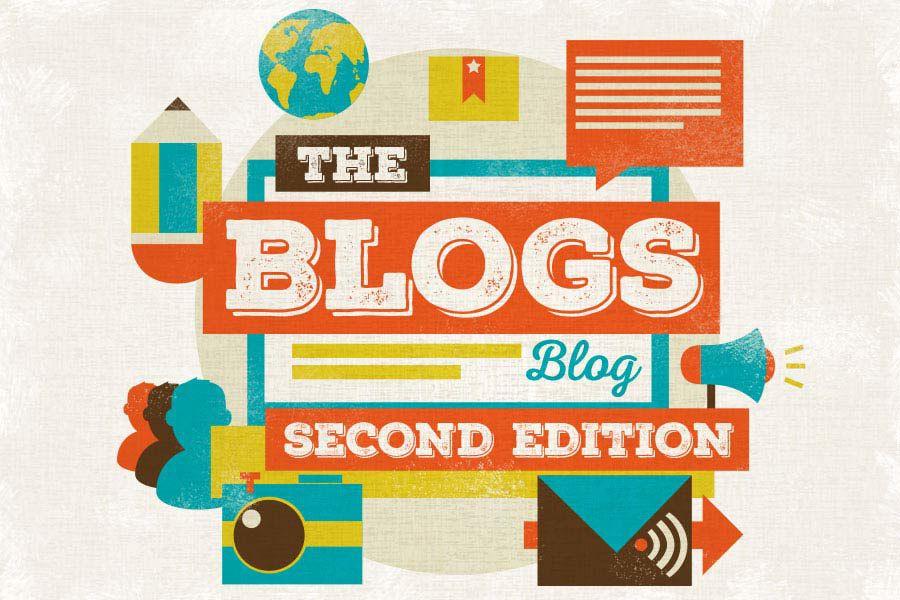Fighting Banner Blindness with Native Advertising
Banner blindness is a real thing. Consumers are becoming proficient at ignoring ads, making it important for advertisers to implement different techniques to attract interest and engage consumers. Native advertising can work as a solution for advertisers to compete with the growing obstacle that is known as banner blindness.
What is Native Advertising?
Native advertising is defined as a paid advertisement distinguished as original content by the host site. The content and design of native ads mirror a website’s original content so users are inclined to click on them. These ads appear on popular sites such as Yahoo!, Buzzfeed, and Forbes; they closely imitate the editorial content but are used for promotional purposes. This form of digital advertising often appears in-feed, making it much less disruptive to consumers. Native advertising has continued to increase in popularity and usage in the digital advertising space. Why? People actually want to click on the ads.
Best Performing Native Ad Formats
- Recommended Content
- In-Feed Social Content
- Paid Search Units
Why Native Advertising Works
It’s simple: native ads grab attention. Consumers are clicking on and engaging more with native ads because they have the same look and feel as original content on websites. Not only do native ads perform well, they are also viewed more positively by consumers when compared to traditional ads. The average person sees or hears up to thousands of ads per day. With this overabundance of ads being served to a single person in one day, it’s nearly impossible for one particular ad to stand out. Implementing native ads is a great solution to help combat the oversaturation of traditional ads in today’s digital world.
A huge obstacle in advertising today is Ad Blockers. Ad Blocking is a technology used by consumers to prevent the display of certain types of traditional ads. Google Chrome is currently rolling out a new ad-blocking program to automatically block ads that do not pass the Coalition for Better Ads’ Standards. Ad types that ranked poorly among consumers and did not pass the Standards include:
Less Popular Types of Native Ad Formats
- Pop-Up Ads
- Interstitial Ads
- Flashing Animated Ads
- Full-Screen Scroll Over Ads
- Auto-Play Video
The amount of these types of high-impact ads will greatly decrease on Google Chrome with
the implementation of their new program. Since native ads are unaffected by Ad Blockers, they can
serve as a solution to this obstacle for advertisers.
Native Advertising Success at MNI
With MNI Targeted Media, Click-Through Rates for native ads are more than 11x higher than traditional display ads. It does vary by platform, but the average CTR we see for native ads is between .50% and 1%, while the average CTR we see for banner ads is between .04% and .20%. Due to their more natural appearance, native ads receive much higher Click-Through Rates than banner ads. Learn how Display Ad Sizes can impact your Click-Through Rates.
Native ads are a win for both consumers and advertisers; consumers can enjoy their browsing experience while advertisers have the opportunity to gain exposure among a willing, relevant, and accurate audience. Native ads are designed to be content focused and can be tailored to specific audiences, boosting the success of these ads.
With the growing popularity of non-disruptive ad formats, now is the time to consider incorporating native ads into your marketing strategy.




